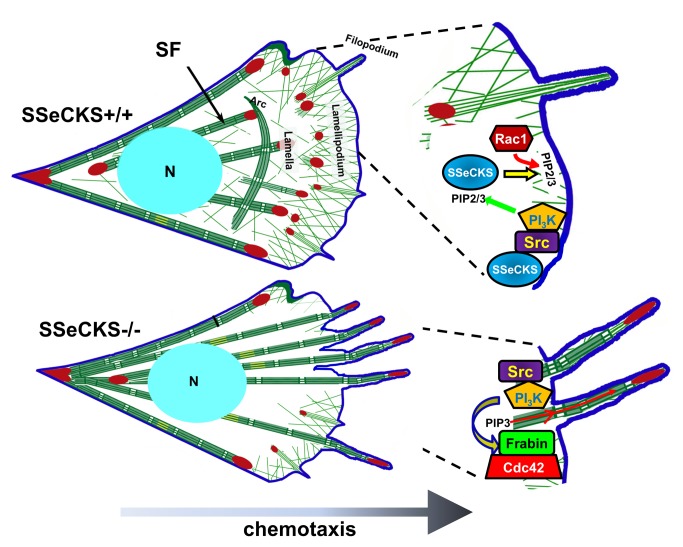Figure 9. Model of chemotaxis leading edge structure/function by SSeCKS.
In WT (SSeCKS+/+) cells (top), the ability of SSeCKS to scaffold Src at lipid raft sites allows for local activation of PI3K/AKT signaling, thereby producing locally enriched PIP2/3. SSeCKS’ additional ability to scaffold PIPs, including PIP2/3, at the chemotactic leading edge facilitates the local activation of Rac1, resulting in lamellipodial-dependent chemotaxis. In contrast, in the absence of SSeCKS’s scaffolding of PIPs, PIP3 enriches in budding filopodia, which attracts binding of Frabin through its PH and FYVE domains. This leads to local activation of Cdc42 and the subsequent domination of growing filopodia at the leading edge. Of note is that SSeCKS also affects actin cytoskeletal modeling not addressed directly in this paper, such as the generation of thickened, longitudinal stress fibers (SF) and the loss of arc SF in SSeCKS-null cells.

